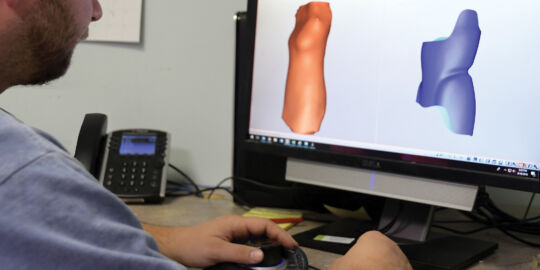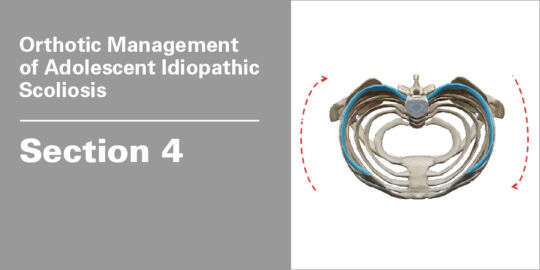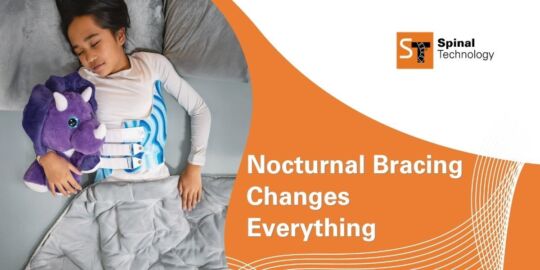Principles of 3D Bracing – Modifications and Approach to Curve Analysis and Brace Design
Orthotic Management of Adolescent Idiopathic Scoliosis (AIS)
Section 5
In 3D bracing, it is important to evaluate all aspects of each patient’s radiograph and determine the best design and modifications accordingly. Taking into consideration the patient’s complete profile and the nature of the curve(s) allows the creation of a comprehensive blueprint of the most effective design. Some of the criteria for evaluation include the magnitude of each curve, apex, vertebral tilt at each level, vertebral rotation, patient balance and alignment, symmetry and balance of the pelvis, skeletal maturity (Risser), as well as identification of any vertebral anomalies or deformations, among others.
Related Links
Need more information?
Contact our Customer Service Team at 800 253 7868. We'll be glad to help you with your question.
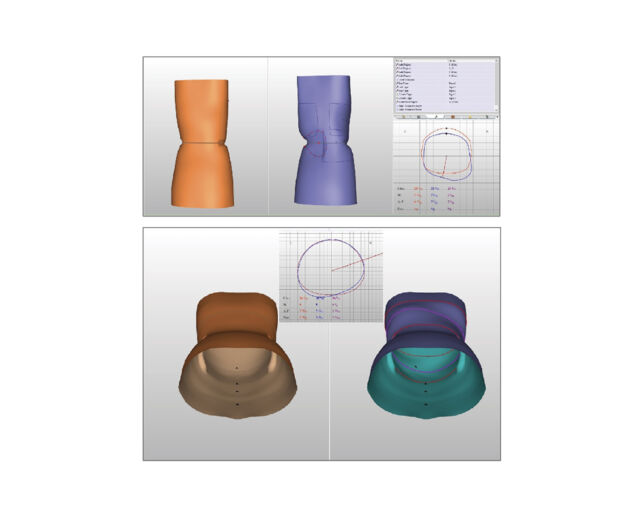
Torso CAD scans modified for patient curve(s), segmental de-rotation & brace design
The magnitude of the rotational component can accurately be assessed based on the alignment of the pedicles (as seen in the radiograph), along with any asymmetry apparent in the patient’s CAD model. The approach then is to segment and de-rotate at the appropriate levels within the patient’s model. After de-rotating, the corrective forces are accentuated accordingly, and the reliefs expanded to accommodate for additional de-rotation and medial translation. All 3-D braces include some degree of de-rotation within the model, as that modification efficiently creates relief for all associated components of correction. Applying de-rotational voids and reliefs via CAD provides significant advantages in the Thoracic region, where it can be challenging to adjust post-fabrication in a typical symmetrical orthosis.
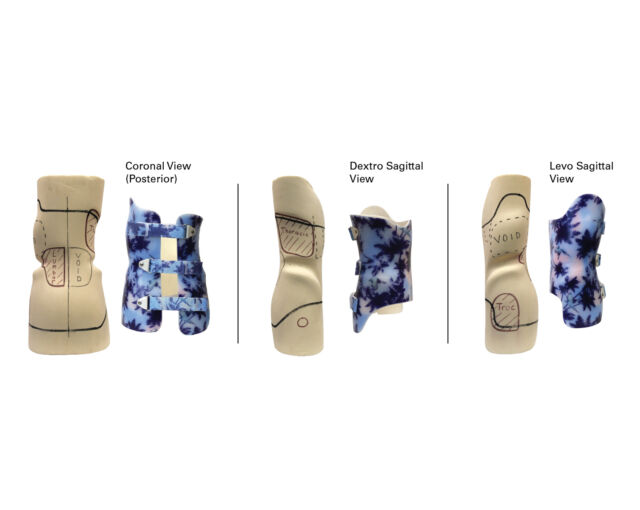
Additionally, experience has shown that each patient responds differently to bracing, therefore prompting the clinician to make adjustments as they see fit. For that purpose, the best approach is to apply moderate corrective forces directly into the mold and provide additional padding separately, allowing the clinician the ability to increase those forces should they find it advantageous and tolerable for the patient. In consideration of obtaining additional correction, it is always important to enhance the relief areas to accommodate for further migration.
